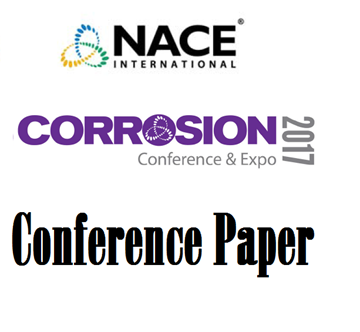Sulphide scales, namely iron sulphide (FeS), zinc sulphide (ZnS) and lead sulphide (PbS), are increasingly being encountered in gas/oil wells. These scales can present serious safety concerns, impair well productivity and limit access to downhole tools. There are many published research studies addressing sulphide scale removal and inhibition. However, there is an incomplete understanding of the governing processes of sulphide scale formation and prevention. Furthermore, there are contradictory results in the literature on issues such as the removal procedures and inhibition tests for sulphide scales. Therefore, the main objective of this paper is to critically review the published work on sulphide scale formation, removal and inhibition, to address the factors that control them and to discuss some of the apparent discrepancies in published experimental studies.
The review discusses the formation mechanisms of different sulphide scales in relation to the sources and levels of Fe, Zn, Pb and the sulphide species. The experimental procedures used by different researchers to evaluate sulphide scale dissolvers and inhibitors are described, along with the performance results for the chemistries tested to remove or prevent sulphide scales.
Hydrochloric acid has been shown to outperform rival chemistries for dissolving sulphide scales, however the associated high corrosion rate and H2S generation has necessitated the development of other dissolvers to overcome such drawbacks. Several dissolvers based on chelating agent chemistries combined with catalysts provided high dissolution rates, and the dissolution results and the reaction mechanisms will be discussed in some detail.
Multiple factors have been shown to play a significant role in the inhibition efficiency of sulphide scale inhibitors including pH, salinity, temperature, scale formation sequence and mechanism, and the initial concentrations of sulphide species and scaling metals. In addition, there is a developing understanding of the significance of scale inhibitor consumption in these systems.
Understanding the formation mechanism is essential for accurate interpretation of scale-related issues in the field and for providing the correct treatment strategy. A more complete knowledge of these issues will lead to the further development of reliable procedures for generating dissolution and inhibition results and consequently improving the scale dissolver and inhibitor chemistries themselves.




